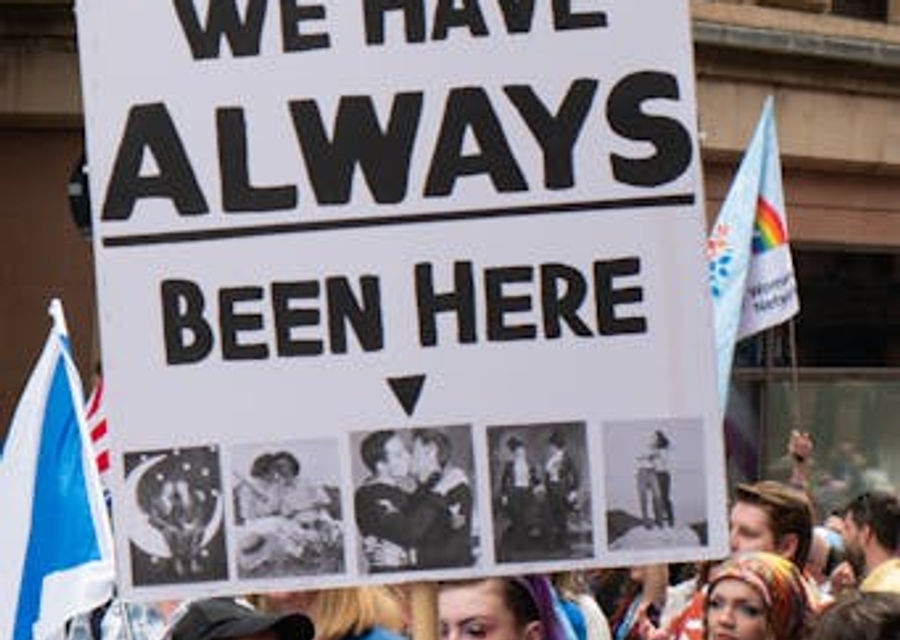Advocate Peaceful Coexistence in a Fragmented Middle East
- THE MAG POST

- Sep 22
- 4 min read

Advocating for enduring peaceful coexistence within complex geopolitical theatres necessitates a rigorous, unsparing analysis of intricate regional dynamics, acknowledging unequivocally that mere rhetorical pronouncements are insufficient to secure durable outcomes.
This discourse endeavors to reframe what is often a contentious debate into a robust framework for critical scrutiny, meticulously foregrounding both formidable obstacles and nascent opportunities. It champions the adoption of pragmatic, actionable steps inherently anchored in fundamental human rights, comprehensive security assurances, and the cultivation of unimpeachable, credible institutions vital for sustainable conflict resolution and harmonious international relations.
Across the subsequent sections, our discussion converges upon the crucial tenets of feasibility, sound governance structures, and discernible pathways toward reconciliation and sustainable peace.
These abstract concepts are meticulously translated into concrete policy proposals, illustrative brief case studies, and incisive policy checks, offering a nuanced examination of practical application.
The overarching objective is to delineate the contours of realistic progress, providing a clear vision of what can be achieved, meticulously accounting for extant constraints and the continually evolving regional realities that define the contemporary landscape, thereby fostering genuine conflict transformation.
Reality Check for the Palestinian State Debate
The perennial question of Palestinian statehood remains an intractable conundrum, profoundly shaped by the intricate interplay of power dynamics, historical memory, and strategic calculus. A truly sober assessment transcends mere slogans, demanding rigorous examination of its inherent legitimacy, the efficacy of prospective governance structures, and the alignment of pivotal regional incentives.
This reframing pivots the discourse from rhetorical abstraction toward empirically testable propositions, fostering a pragmatic dialogue essential for navigating this fraught geopolitical landscape, particularly concerning enduring Middle East diplomacy and conflict resolution.
Evaluating the viability of a two-state solution necessitates a delicate equipoise between deeply entrenched historical grievances and the inexorable realities of current power asymmetries. While international actors frequently champion compromise, the complex exigencies of domestic politics and pervasive security concerns routinely impede genuine readiness for a lasting settlement.
Progress hinges upon advocating peaceful coexistence through discernible, verifiable milestones, anchored by credible institutions and transparent governance. Without these fundamental pillars, promised transitions falter, and the inertia of the status quo perpetually eclipses transient rhetorical commitments, underscoring the imperative for concrete steps over symbolic pronouncements in fostering regional security and human rights.
Feasibility and public will
Evaluating the two-state idea requires balancing historical grievances with current power dynamics. Public sentiment, leadership shifts, and external pressure continually redraw the line between aspiration and possibility. While international actors push compromise, domestic politics and security concerns complicate genuine readiness for settlement.
To progress, governments must advocate peaceful coexistence through verifiable milestones. Without credible institutions and transparent governance, promised transitions falter, and incentives to maintain the status quo outlast rhetorical commitments.
Regional actors demand guarantees and security commitments before endorsing territorial arrangements. The calculus includes deterrence, border management, and potential alignments. Any plan must address immediate security needs while laying a foundation for legitimacy that endures amid turbulence.
Public discourse often centers on symbolism rather than practical steps. Policymakers should translate ideals into measurable milestones, such as phased sovereignty, joint security, and transparent electoral processes. Without benchmarks, rhetoric drifts and momentum fades when setbacks occur.
The path forward requires a pragmatic blueprint that aligns incentives, builds trust, and protects rights. Negotiators prioritize confidence-building measures, independent verification, and inclusive dialogue. When anchored in concrete steps, proposals survive political headwinds and become governance rather than wishful thinking.
Security, Governance, and Regional Dynamics
Security dynamics and governance structures will determine whether any settlement endures in a volatile neighborhood. This section explores legitimacy, reform of security forces, and civilian oversight as essential prerequisites.
Governance and security frameworks
Governance during transition faces legitimacy, reforms of security forces, and robust civilian oversight. The best plans outline clear authorities, transparent decision trees, and mechanisms to prevent power vacuums that invite violence.
Security dilemmas persist as ambiguity invites miscalculation. Credible verification, transparent rules, and enforceable boundaries reduce risk and encourage cautious cooperation among rivals.
Economic resilience matters; investment in infrastructure, energy, and health creates dividends that sustain support for difficult concessions and broader political buy-in from communities long deprived of services and opportunity.
Institutions such as independent courts, credible media, and civil society networks strengthen accountability. They help moderate competing narratives and prevent backsliding when compromises face political storms.
External actors can offer coordinated aid and security guarantees that reduce the perceived cost of compromise. A regional architecture with shared norms can cushion shocks and promote sustained engagement beyond initial agreements.
Paths Toward Durable Peace
Negotiation dynamics and practical steps will shape whether enduring peace becomes possible in our era. The best trajectories blend realism with persistent negotiation and measurable progress.
Negotiation dynamics and practical steps
Timing and sequencing influence outcomes; incremental steps often outperform grand promises, especially when trust is fragile. A staged approach allows testing of commitments and learning from mistakes in low-risk settings.
Milestones such as security handovers, joint planning, and economic zones create tangible progress that all sides can monitor. Clear timelines reduce ambiguity and provide a shared framework for accountability.
Humanitarian concerns must be protected even when political bargaining stalls. Separate, parallel channels for relief and rights enforcement help sustain public legitimacy and regional support.
Regional diplomacy enhances legitimacy as neighbors perceive shared benefits. When states align interests, pressure to resist compromise declines, creating a more favorable climate for reform and reconciliation.
A credible framework requires enforcement mechanisms, third-party verification, and sunset clauses for transitional arrangements. Without binding commitments, promises drift and peace remains provisional rather than durable.
Key Takeaways
Pragmatic, rights-based steps can move the region toward stability and reduce the risk of backsliding. The emphasis on measurable milestones and credible institutions makes proposals governable, not just aspirational.






















































Comments